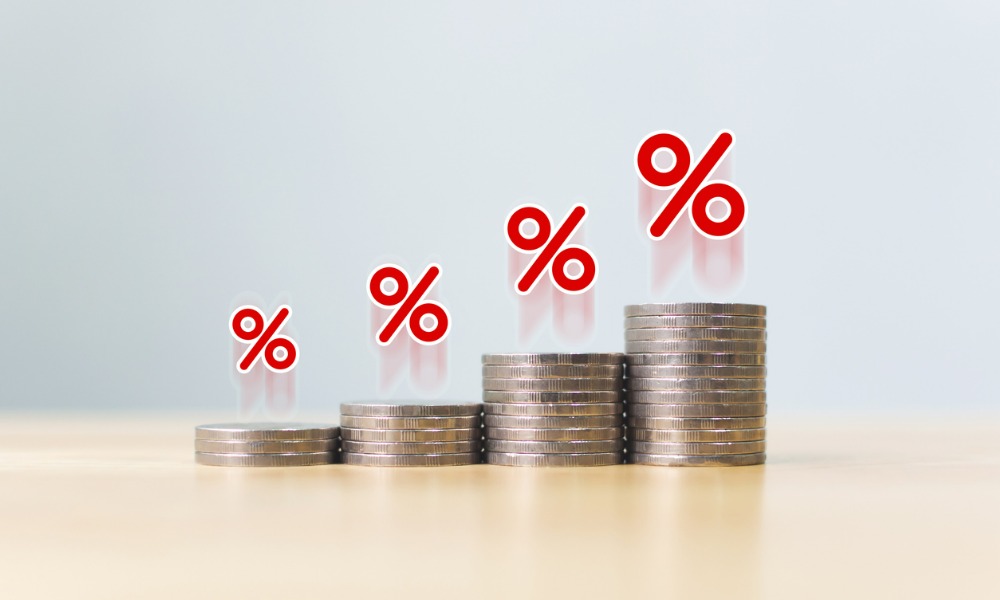Institutional investors expect the strategy to outperform amid market volatility and rising inflation

Global institutional investors are shifting towards factor-based strategies to navigate the choppy waters of the current market environment.
The newly-published Invesco Global Factor Investing Study reveals that 41% of respondents have increased their allocations to factor-based strategies in the last 12 months and 39% intend to do so in the 12 months ahead.
More than half are using the strategies for risk and performance management, up from 28% just four years ago.
With slow growth and rising inflation, the firm’s interviews with 151 institutional and retail factor practitioners managing over $25.4 trillion in assets combined also found that 50% of respondent said that factor investing in fixed income is a more attractive way to manage volatility and diversify portfolios.
"Investors are increasing their use of factor-based strategies to navigate market volatility and hedge against inflation, and we believe their commitment to factors will remain strong," said Mo Haghbin, chief commercial officer and COO, Invesco Investment Solutions. "Investors are shifting their philosophy from static allocations to more dynamic approaches to capture upside and position their portfolio across the economic cycle."
Adjusting weights
The survey found that 81% of respondents adjust factor weights over time to react to changes in the economic cycle and to balance out exposures across the portfolio.
Over 80% believe their factor allocations have met or exceeded the performance of their fundamental active strategies, while 64% indicated their factor allocations met or exceeded performance verses market-weighted strategies.
Confidence in fixed income factors
The share of respondents who think that factor investing in fixed income can be successfully applied rose to 92% in 2022, from 61% in 2016.
More than half said that they are using both macro (such as interest rates and inflation) and investment factors in their approach to fixed income portfolios. Just 14% are only targeting investing factors.
Government and corporate bonds are where factor investing is being most used in fixed income, however there is expectation of this expanding in the coming years.
"Adoption of factor investing in fixed income continues to grow as we shift to a rising interest rate environment, which presents challenges to the long-held orthodoxy of balanced, diversified portfolios," continued Haghbin. "As we enter a period of tightening monetary policy, higher inflation, and slower potential economic growth, clients are looking to expand the toolkit and find opportunities to generate income while managing interest rate risk with better precision."
Long-term goals
Invesco’s research also found that 41% of respondents rarely (every 3-5 years) change their factor definitions (down from 66% in 2021).
Currently, 43% of respondents are changing their factor definitions frequently (every 1-3 years), which is up from 16% in 2021.
The most-cited reason for changing definitions is to incorporate the latest data, followed by wanting to better captures factors, and to avoid identified market pitfalls.
Half of respondents are making use of factor ETFs to implement their factor strategies, rising to 66% amongst retail respondents.



